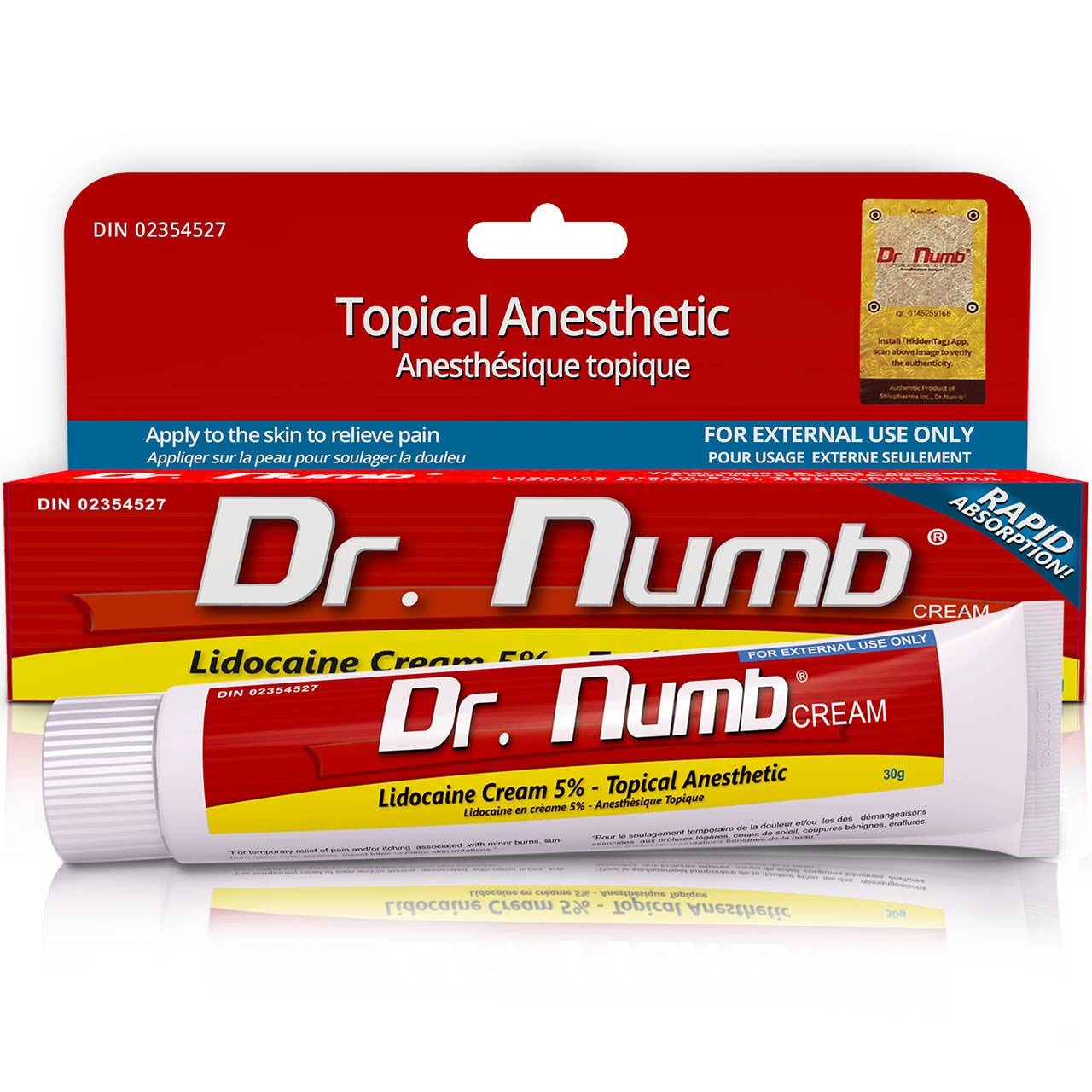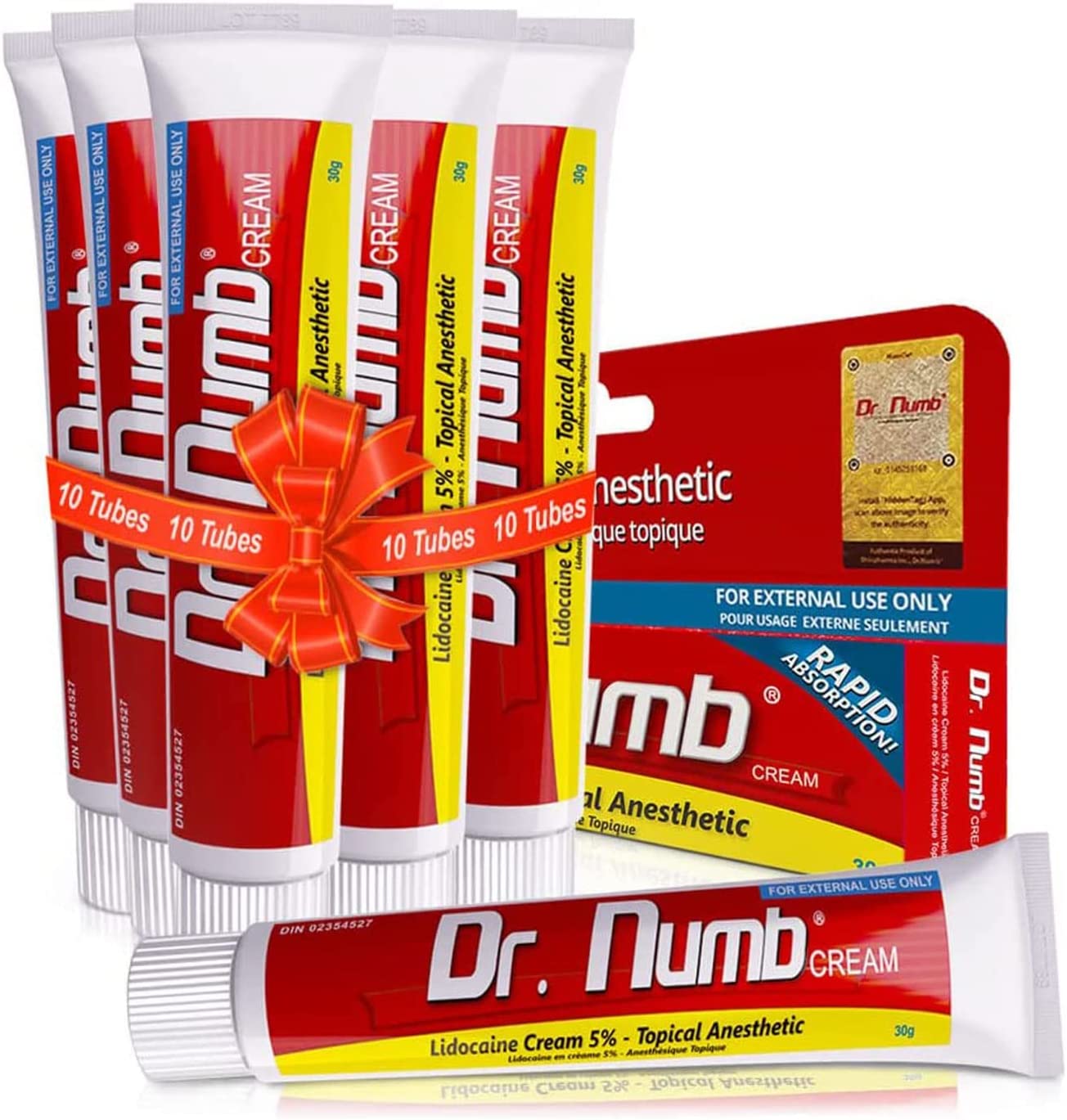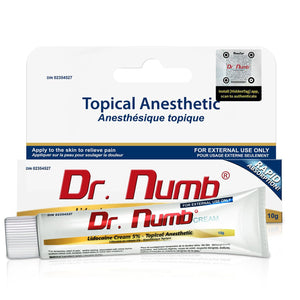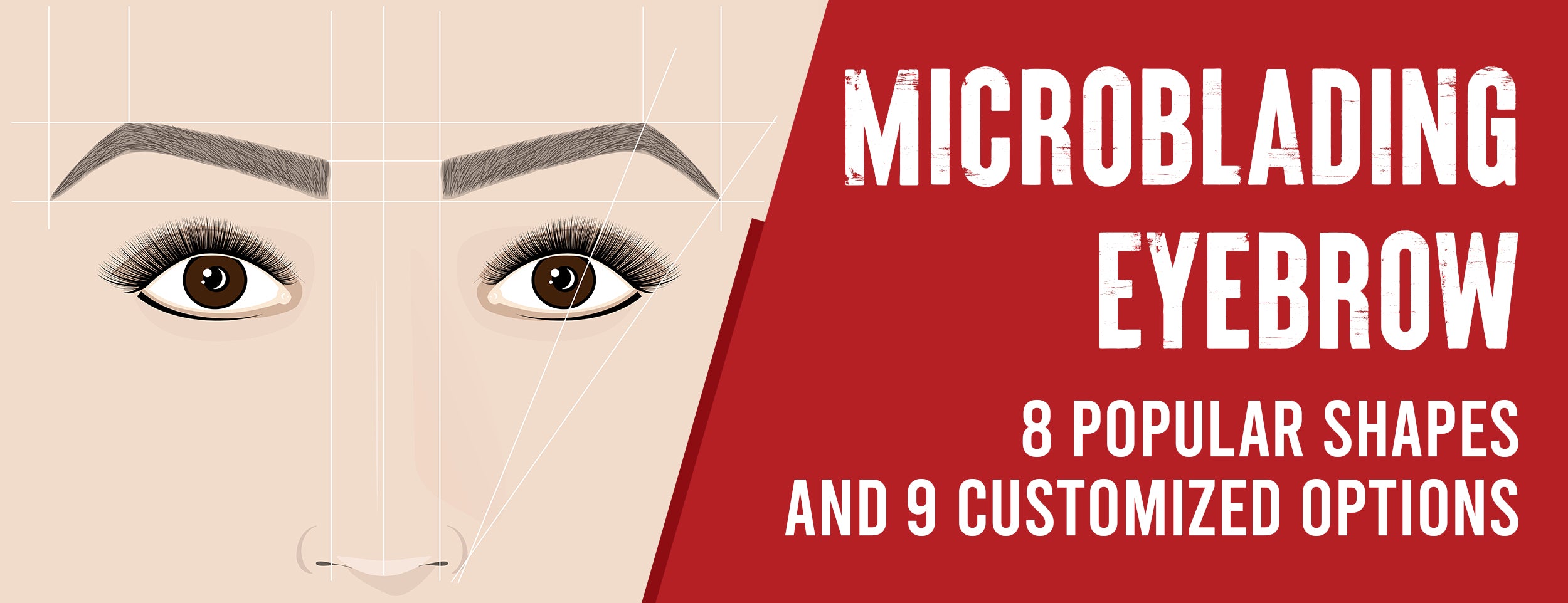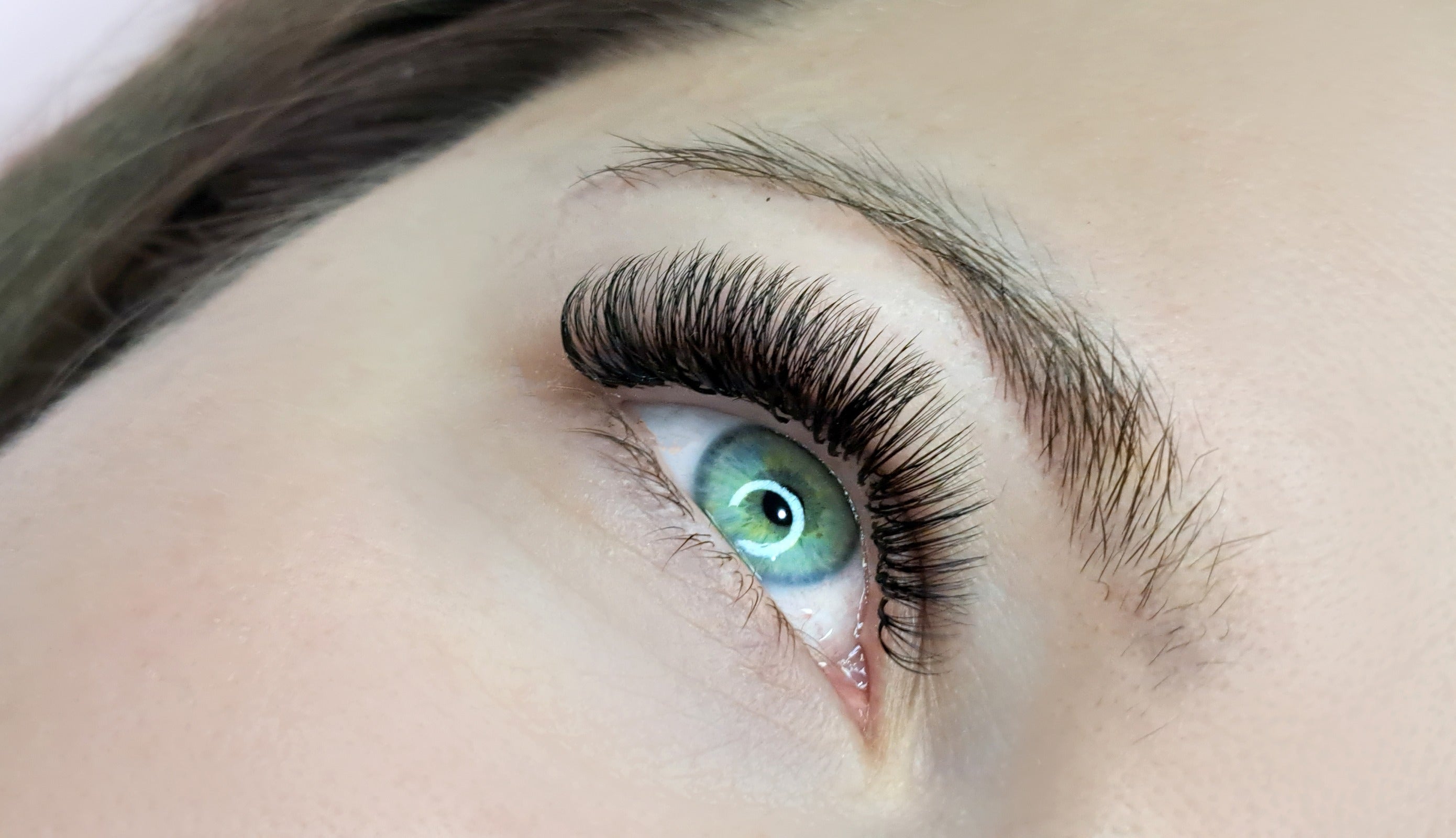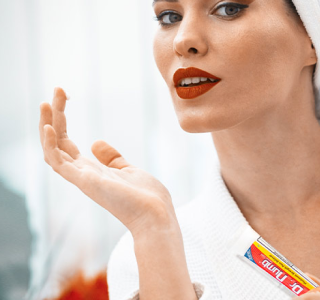Incorrect microblading can result in uneven eyebrows, faded pigment, infections, allergies, and unnatural results. The aesthetic appeal of the brows can be affected, as well as the client's self-confidence and self-esteem.
It's important to choose an experienced and reputable microblading technician. To achieve optimal results, you must also understand the procedure, the healing process, and the aftercare instructions.
This article will discuss everything you need to know about microblading eyebrows, including how to recognize bad microblading results, fix them, avoid them in the first place, and maintain your beautiful brows. You can use this article to make an informed decision about whether microblading is right for you.
Bad Microblading Eyebrows: How to Recognize?

One of the main goals of microblading is to create natural-looking eyebrows that suit the shape and size of the face, as well as the personal preferences of the clients.
Sometimes things can go wrong during or after the procedure, leading to undesirable results that can be hard to conceal or correct. Here are some of the common signs of bad microblading eyebrows:
Uneven or Misshapen Eyebrows
Having uneven or misshapen eyebrows is one of the most obvious signs of bad microblading. Various reasons can lead to this problem, including inadequate mapping and measurement of the brows before the procedure, inconsistent needle pressure or depth during the procedure, or improper post-operative care that leaves the skin peeling or scabbing.
Asymmetrical or misshaped eyebrows can create an asymmetrical appearance, make the face appear unbalanced, and are only possible with professional guidance.
Faded or Discolored Pigment
Another sign of bad microblading is when the pigment fades or changes color over time. This can happen due to several factors, such as exposure to sunlight, skin type and tone, quality and type of pigment used depth of implantation, and skin pH level. Faded or discolored pigment can make the eyebrows look dull, patchy, or unnatural and require frequent touch-ups or removal.
Infections and Allergic Reactions

One of the most serious signs is when eyebrows develop infections or allergic reactions. This can happen due to poor hygiene and sterilization of the tools and equipment used during the procedure, improper wound care afterward, or sensitivity to the pigment or other ingredients used.
Infections and allergic reactions can cause redness, swelling, itching, pain, pus, fever, or scarring and pose serious health risks if left untreated.
Unnatural Appearance
One of the most disappointing results of bad microblading is eyebrows that look unnatural or fake. There are several reasons, such as incorrect color selection of the pigment, wrong shape or style of the brows for the face, too thick or thin strokes, and too dense or sparse placement of strokes.
An unnatural appearance can make the eyebrows look harsh, artificial, or out of place and can ruin the overall look of the face.

The Healing Process of Bad Microblading Eyebrows
It usually takes about four to six weeks for the skin to heal fully and the pigment to settle into its true color after microblading eyebrows. The healing process is crucial to the overall outcome of the procedure.
An issue with bad microblading eyebrows can affect not only the quality of the procedure but also the duration of the healing process. Here are some things to consider:
Common Healing Phases: 4 Phases
The healing process of microblading eyebrows typically goes through four phases: the inflammation phase (days 1-3), scabbing phase (days 4-7), the peeling phase (days 8-14), and the maturation phase (days 15-28). During each phase, different changes occur in the appearance and sensation of the brows. For example
- Inflammation phase: The brows may appear red, swollen, tender, and darker than expected.
- Scabbing phase: The brows may form thin scabs that cover the strokes and make them look blurry.
- Peeling phase: The scabs may flake off gradually and reveal lighter strokes underneath.
- Maturation phase: The strokes may fade and soften in color and texture.
A change of this kind is normal, and if it's excessive or abnormal, such as swelling or thick scabs, excessive peeling, or fading, it could indicate problems with the procedure.
Signs of Infection or Complications

Microblading healing can also be affected by infections or complications arising from improper technique or aftercare. Some of the signs of infection or complications include:
- Persistent or worsening redness, swelling, pain, or heat around the brows.
- Yellow or green discharge, pus, or odor from the brows.
- Fever, chills, headache, or malaise.
- Bleeding, bruising, or blistering of the brows.
- Scarring, keloids, or hypertrophic scars on the brows.
- Allergic reactions such as rash, hives, itching, or difficulty breathing.
The signs above are not normal and should not be ignored, as they may indicate serious health problems. Microblading eyebrows should be treated immediately if these signs occur during healing.
How to Manage the Healing Process?
Microblading healing can be managed by following simple steps to help prevent or minimize the risks of bad microblading results or complications. Some of these steps include:
- Following the technician's aftercare instructions carefully.
- Avoid touching, picking, scratching, or rubbing the brows during healing.
- Keeping the brows clean and dry at all times.
- The technician recommends applying a thin layer of antibiotic ointment or healing balm.
- Avoiding exposure to direct sunlight, heat, water, sweat, makeup, or chemicals on the brows during the healing process.
- Taking over-the-counter painkillers or anti-inflammatory drugs as needed to relieve discomfort or swelling.
- Consulting the technician if any questions or concerns arise during the healing process.
These steps can improve microblading healing, resulting in better results and reducing the chance of complications.
Good vs. Bad Microblading Eyebrows

Microblading eyebrows can greatly enhance the appearance and confidence of those unhappy with their natural brows. Some microblading results are different. Some characteristics make good microblading stand out from bad microblading.
Characteristics of Good Microblading
Good microblading is when the eyebrows look natural, symmetrical, and harmonious with the face and personality of the client. Some of the characteristics of good microblading include:
- The pigment's color matches the client's natural hair color and skin tone.
- The shape and style of the brows suit the face shape and features of the client.
- The strokes are thin, crisp, and realistic-looking.
- The strokes are evenly spaced and distributed along the brow line.
- The strokes follow the natural direction and pattern of hair growth.
- The strokes blend seamlessly with the existing hair.
- The brows have a smooth and gradual transition from light to dark.
- The brows have a soft, natural arch that lifts and opens the eyes.

How Bad Microblading Differs?
Poor microblading looks unnatural, uneven, or unflattering on clients. Some of the characteristics of bad microblading include:
- The color of the pigment is too dark, light, warm, or cool for the client's hair and skin.
- The eyebrows are too thin, thick, straight, curved, high, or low for the client's face shape.
- The strokes are thick, blurry, or smudgy-looking.
- The strokes are unevenly distributed and spaced.
- The strokes do not match the natural growth pattern.
- The strokes do not blend with the existing hair.
- The brows have a sharp and abrupt transition from light to dark.
- The brows have a harsh and unnatural arch that droops or closes up the eyes.
Fixing Bad Microblading
Fixing bad microblading can be challenging and costly. Depending on the severity and type of problem, different methods can be used to correct bad microblading results. Some of these methods include:
Affecting Microblading Results: 3 Factors

Microblading results can vary from person to person depending on various factors that can influence the quality and longevity of the procedure. Some of these factors include:
Skin Type and Tone
Skin type and tone can affect how well the pigment adheres to the skin and how it fades over time. For example:
- Oily skin: Oily skin can make the pigment spread more easily and blur the strokes, resulting in less retention and faster pigment fading. Oily skin may require frequent touch-ups or a different technique, such as powder or ombre brows.
- Dry skin: Dry skin can make the pigment heal more crisp and defined, resulting in more realistic strokes. Dry skin may also retain the pigment longer and require less frequent touch-ups. Dry skin may also be more prone to scabbing or peeling during the healing process, affecting the procedure's outcome.
- Combination skin: Combination skin can have different results depending on the oiliness or dryness of different face areas. For example, the forehead and nose may be more oily, while the cheeks and chin may be more dry. This can affect the consistency and uniformity of the pigment and the strokes across the brows.
- Sensitive skin: Sensitive skin can be more susceptible to irritation, inflammation, or infection during or after the procedure. Sensitive skin may also react negatively to pigments or other ingredients, causing allergic reactions or rejection of the pigment. Sensitive skin may require more careful aftercare and monitoring to prevent complications.
The pigment can also look different on different skin tones. For example, warm-toned skin may appear orange or red, while cool-toned skin may seem blue or gray. You should choose a pigment that matches your skin's undertones and hair color.
Aftercare and Maintenance
Aftercare and maintenance can affect how well the brows heal and how long they last. For example:
- Sun exposure: If exposed to the sun, the brows may fade, discolor, or be damaged. They may also become sunburnt, hyperpigmented, or even cancerous. When going outdoors, apply sunscreen or a hat to prevent direct sun exposure on the brows for at least four weeks after the procedure.
- Water exposure: Water exposure can cause swelling, infection, or removal of pigments and scabs. Water exposure can also interfere with the healing process and affect the final result of the procedure. After the procedure, avoid swimming, saunas, steam rooms, and hot showers for at least 10 days.
- Skincare and makeup products: They can irritate, inflame, or cause allergic reactions to the brows. They can also clog pores, affect the pH level, and remove pigment and scabs. For two weeks following the procedure, avoid applying makeup or skincare products on the eyebrows, and use gentle and hypoallergenic products when returning to the routine.
- Lifestyle and habits: Lifestyle and habits can affect eyebrows and skin health and appearance. For instance, smoking, drinking, or taking drugs can slow healing and prematurely fade the pigment. Before and after the procedure, you should avoid or limit these habits and adopt a healthy and balanced lifestyle.
Following proper aftercare and maintenance, the brows can heal faster and better, and the results can last longer and look more natural.
Technician Skill and Experience
Technician skills and experience can affect the quality and safety of the procedure. For example:
- Training and certification: An experienced microblade must possess proper training and certification. As a technician, you should know anatomy, physiology, hygiene, sterilization, color theory, brow design, and client consultation. When asked, qualified technicians should be able to provide proof of their credentials.
- Skills and equipment: A skilled technician should be able to use clean, sharp, sterile, disposable equipment and tools. An experienced technician can draw thin, crisp strokes that mimic hair growth. The technician should also be able to adjust the needle's pressure, depth, angle, and speed, depending on the client's skin type and condition.
- Professionalism and communication: Experienced technicians should be proficient at both. Providing realistic expectations and outcomes, obtaining informed consent from the client, following up with the client after the procedure, and handling any complaints or issues should be among the skills of an experienced technician. Answering questions that the client may have.
The client can ensure a safe and satisfactory procedure by choosing a technician with skill and experience in microblading.
The Impact of Caffeine on Eyebrow Microblading

Caffeine is a stimulant that can affect the body and mind. Caffeine can also have an impact on eyebrow microblading results. Here are some of the ways that caffeine can affect eyebrow microblading:
Getting to Know Caffeine's Effects
Caffeine can have different effects depending on the amount, frequency, timing, source, and individual consumption tolerance. Some of the common effects of caffeine include:
- Increased alertness, energy, mood, concentration, memory, and performance.
- Decreased fatigue, drowsiness, boredom, depression, pain perception, and appetite.
- Increased heart rate, blood pressure, respiration, metabolism, urination, and body temperature.
- Decreased blood flow, blood sugar, hydration, and nutrient absorption.
- Increased production of adrenaline, cortisol, dopamine, and serotonin.
- Decreased production of melatonin, acetylcholine, and GABA.
These effects vary based on age, weight, gender, health status, genetics, medication use, and caffeine sensitivity.
Recommendations for Caffeine Consumption
Caffeine consumption can have both positive and negative implications for eyebrow microblading results. For example:
- Positive implications: Caffeine consumption can help reduce pain perception during the procedure and improve mood and energy afterward. Caffeine consumption can also help stimulate hair growth and prevent loss by increasing blood circulation and inhibiting DHT production.
- Negative implications: Caffeine consumption can increase bleeding during the procedure and cause swelling and inflammation afterward. Caffeine consumption can also accelerate fading and discoloration of the pigment by increasing sun sensitivity and skin pH levels.
Therefore, following some recommendations for caffeine consumption before and after eyebrow microblading is advisable. Some of these recommendations include:
- Limiting caffeine intake to no more than 200 mg daily, equivalent to about two cups of coffee or four cups of tea.
- Avoid caffeine intake at least 24 hours before the procedure and during the healing process.
- Choosing caffeine sources that are natural and organic such as green tea or dark chocolate, rather than artificial and processed, such as energy drinks or soda.
- Balancing caffeine intake with water intake to prevent dehydration and flush out toxins.
- Combining caffeine intake with other nutrients and antioxidants such as vitamin C, vitamin E, zinc, and selenium to protect the skin and hair from oxidative stress.
By following these recommendations, caffeine consumption can have a minimal or positive impact on eyebrow microblading results.
Water and Microbladed Eyebrows

Water is essential for life and health. Water is also important for microbladed eyebrows. The following are some ways water can affect microbladed eyebrows:
Water’s Role in Healing
Water plays a vital role in the healing process of microbladed eyebrows. Water helps:
- Hydrate and moisturize the skin and the brows, preventing dryness, cracking, or peeling.
- Cleanse and disinfect the wounds, preventing infection or inflammation.
- Deliver oxygen and nutrients to the cells, promoting regeneration and repair.
- Remove waste and toxins from the body, reducing swelling and bruising.
- Regulate body temperature, preventing overheating or hypothermia.
Drinking plenty of water is recommended before and after the procedure and during healing. Eight glasses of water per day are recommended, but they may vary based on the individual's weight, activity level, climate, and health.

Avoiding Water-Related Issues
While water is beneficial for microbladed eyebrows, it can also cause some issues if not handled properly. Some of the water-related issues that can affect microbladed eyebrows include:
- Water exposure: If exposed to water, the brows may lose pigment or scabs, affecting the outcome. If exposed to water, bacteria or fungi can be introduced to the wounds, causing infection or irritation. It is advisable to avoid getting the brows wet for at least 10 days after the procedure and to avoid activities involving water, like swimming, sauna, steam, or hot showers.
- Water quality: Understanding water quality is crucial for maintaining the health and appearance of brows and skin. Factors like hardness, chlorine, and fluoride can negatively impact the brows, causing dryness, fading, or discoloration. Soft or filtered water and avoiding chlorinated or fluoridated water can help maintain natural and vibrant brows.
Wrongly Tattooed Eyebrows: What to Do?
Tattooed eyebrows involve injecting pigment into the skin to create the appearance of fuller brows. Tattooed eyebrows can go wrong for various reasons, including:
- Poor technique or equipment that results in uneven, misshapen, or unnatural-looking brows.
- Improper color selection or implantation causes fading, discoloration, or mismatching of the pigment with the natural hair color or skin tone.
- Inadequate aftercare or maintenance leads to infection, inflammation, scarring, or pigment rejection.
- Individual differences or changes in skin type, condition, lifestyle, or preferences affect the suitability or longevity of tattooed eyebrows.
How to Deal with Tattooed Eyebrows Gone Wrong?

Clients may experience psychological distress and social embarrassment if tattooed eyebrows go wrong. To prevent tattooed eyebrows from going wrong, one must know how to deal with them. Some possible solutions include:
- Laser removal: Pigment particles are broken down and removed from the body by high-intensity light beams. It can effectively remove faded or unwanted pigment but can also be painful, costly, time-consuming, and risky. Laser removal can cause blistering, scarring, hyperpigmentation, or hypopigmentation.
- Correction or camouflage: Correcting or camouflaging tattoos involves hiding or modifying tattoos with pigment. Using different colors, styles, techniques, corrections, and camouflage can improve tattooed eyebrows, but they are costly, difficult, and temporary. It is possible to overcorrect, undercorrect, color mismatch, or look unnaturally corrected with corrections.
- Makeup or accessories: Makeup or accessories can conceal or distract from tattooed eyebrows. Examples include eyebrow pencils, powder, gel, wax, pomade, concealers, foundation, eyebrow wigs, hats, scarves, glasses, or bangs. It is possible to conceal or enhance tattooed eyebrows, but they can also be tedious, inconvenient, or temporary. Makeup can cause fading, smudging, and allergic reactions.
By using these methods, the client can cope with tattooed eyebrows gone wrong and improve their appearance and confidence. These methods are temporary and guaranteed solutions and may have limitations or drawbacks. Therefore, it is advisable to consult a professional technician before choosing these methods.
How to Prevent Tattooed Eyebrows Gone Wrong?
The best way to avoid tattooed eyebrows going wrong is to prevent them from happening in the first place. This can be done by:
- Doing thorough research and choosing a qualified, skilled, and experienced technician who can provide safe and satisfactory results.
- Having a clear and realistic expectations and communication with the technician about the desired outcome and the possible risks and complications of the procedure.
- Following the preparation and aftercare instructions provided by the technician carefully and diligently to ensure proper healing and maintenance of the tattooed eyebrows.
- Awareness of the individual factors that can affect the appearance of tattooed eyebrows, such as skin type, tone, condition, lifestyle, and preferences.
Following these steps, the client can achieve natural-looking, symmetrical, and harmonious eyebrows that suit their face and personality.
Avoiding Bad Microblading Results:14 Tips

Several factors can lead to poor microblading results, including poor technique, improper aftercare, and individual differences. A bad microblading result can also be prevented or avoided by taking some precautions before and after the procedure. Here are some ways to prevent bad microblading results:
Researching the Technician
One of the most important steps to avoid bad microblading results is to research the technician performing the procedure. A good technician should have the following:
- Proper training and certification in microblading from a reputable institution or organization.
- A portfolio of their previous work that shows their skill and style.
- A license and insurance that covers their practice and clients.
- A clean and comfortable studio that follows hygiene and sterilization standards.
- A consultation session that assesses the client’s needs, expectations, medical history, skin type, and brow design.
- A consent form that explains the risks, benefits, alternatives, and aftercare of the procedure.
- A follow-up session that checks the healing progress and provides touch-ups if needed.
By researching the technician, the client can ensure they choose a qualified, skilled, and experienced professional who can deliver safe and satisfactory results.
Asking for Recommendations
Another method is to ask for recommendations from people who have previously done microblading. These people can include:
- Friends, family, or acquaintances with similar tastes and preferences to the client.
- Online reviews, testimonials, or ratings from previous clients who have shared their experiences and opinions on various platforms such as websites, blogs, social media, or forums.
- Professional associations or organizations that endorse or accredit technicians who meet certain standards of quality and ethics.
The client can get honest feedback and insights from people with firsthand knowledge and microblading experience by asking for recommendations.

Procedures to Understand
Microblading results can also be avoided if you understand the procedure and what it entails. The client should know:
- The benefits and limitations of microblading include how it can enhance the brow's appearance but not drastically change its shape or size.
- The risks and complications include the potential to cause bleeding, infection, allergic reactions, scarring, or unsatisfactory results.
- The preparation and aftercare of microblading, such as how to avoid certain medications, foods, drinks, activities, or habits that can affect the procedure or the healing process.
- The expectations and outcomes of microblading, such as how it can vary depending on the individual’s condition, tone, lifestyle, and maintenance.
By understanding the procedure, the client can make an informed decision and have realistic expectations about microblading.
Conclusion
No one-size-fits-all solution for microblading can guarantee perfect results for everyone. Microblading is an effective, popular way to boost confidence in people who want fuller, more defined eyebrows. In addition to technique, aftercare, condition, tone, lifestyle, and maintenance, many factors can affect microblading results, quality, and longevity.
Creating eyebrows that complement the client's face and personality, it is imperative to recognize, manage, fix, and avoid bad microblading results.



